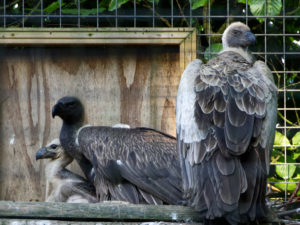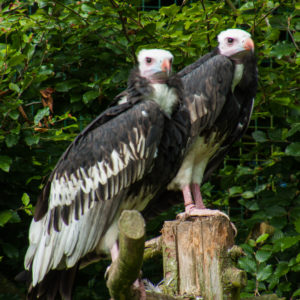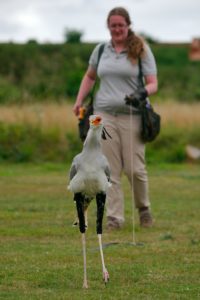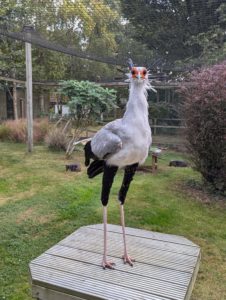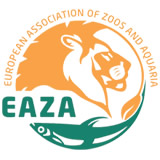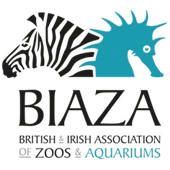February brings us National Nest Box Week – as you can imagine, a pretty big deal for us here at the Hawk Conservancy Trust! Started by the British Trust for Ornithology, National Nest Box Week starts on 14 February – Valentine’s Day – every year.
Nest site availability can be a limiting factor for bird populations that typically nest in cavities, such as tree hollows, old pots and pipes or the lofts of old buildings. Providing artificial nesting sites (nest boxes) can help improve this.
This forms the basis for our Raptor Nest Box Project that focuses on the four UK cavity-nesting birds of prey: Kestrels, Little Owls, Tawny Owls and Barn Owls. As areas of suitable habitat have become increasingly limited, greater pressure has been placed on Kestrel and owl populations. Areas of rough grassland, grazed pastureland and suitably wide crop field margins are now important habitats for populations of these birds, as they represent the main hunting and foraging areas for them. For these birds to easily exploit these habitats they need nesting opportunities. Nest boxes can provide these opportunities – an effective conservation tool in areas where existing breeding sites are threatened with destruction or are subject to human disturbance.
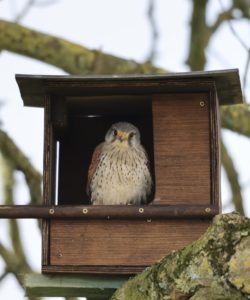
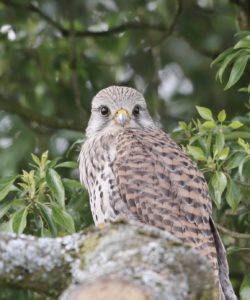
Nest boxes also facilitate access to nests for the purpose of population monitoring. We manage a network of over 1500 raptor nest boxes across a core area of around 4500Km2 in southern England. This provides incredibly valuable data for us to better understand what might affect nest box use, breeding success and level of productivity (i.e. number of chicks produced).
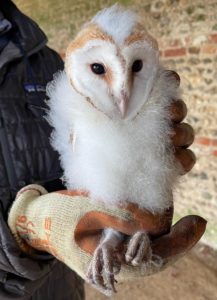
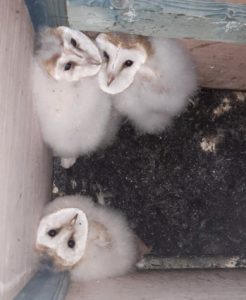
At the Hawk Conservancy Trust we also have many bird boxes in place for our local wild songbirds at the Trust. If you have a space at home, you can help too! A bird box with a small hole entrance could help Blue Tits, Great Tits or House Sparrows, while an open fronted box is great for Robins, Wrens or Pied Wagtails. We also have Swift boxes on site – some of which have been generously gifted to us by the general public through our Amazon Wishlist, for which we are very grateful! The Swift boxes are a relatively new addition to the Trust. This year we saw Swifts in the sky over the Trust regularly and noticed explorations into our nest boxes too! We are very hopeful that they will settle in and make a home here this year. Fingers and feathers crossed!
Fun fact! – The earliest reference to Valentine’s Day as a romantic celebration appears in Chaucer’s poem The Parliament of Fowls, in the 14th Century! In the poem, Chaucer envisioned the day as the moment that birds come together to select their mates under nature’s guidance. Some poetic licence perhaps, but nonetheless, the middle of February is a great time to observe nesting behaviour of many different birds.
Photos: Neil Saunders (@Hamilton_Farm)






